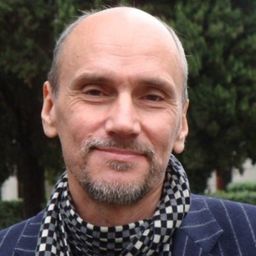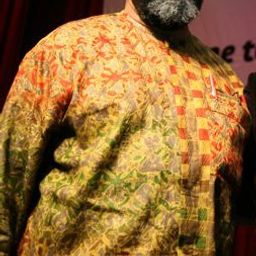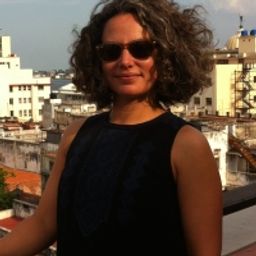
Prof. Ola Wetterberg
Professor and Chair in Conservation of Built Heritage, at the Department of Conservation, University of Gothenburg, Ola Wetterberg is engaged in the development of cross disciplinary and cross professional education and research. His research is conducted in two related directions: urban heritage and the changing role of church buildings. His present research projects regard the changing values and new uses of church heritage in contemporary society.
Recent publications (selection): 2014 Svenska kyrkans kulturarv Forskningsöversikt 2009-2014, co-authors Erika Persson & Eva Löfgren, research report Department of Conservation, 2014 ‘Integrated Conservation of Built Environments: Swedish Reflections from Three Decades of Program Development’, co-authors Lagerqvist Bosse & Ingrid Martins Holmberg, in Preservation Education: Sharing Best Practices and Finding Common Ground, University Press of New England; 2013 ’Strukturella samhällsförändringar och kulturarvsprocesser – exemplet malmfälten’, co-author Birgitta Svensson, in Mångvetenskapliga möten för ett breddat kulturarbete, Riksantikvarieämbetet; 2011 ’Conservation and the Professions: The Swedish Context 1880-1920’, in Towards World Heritage. International Origins of the Preservation Movement 1870-1930 Ashgate.
Sessions in which Prof. Ola Wetterberg participates
السّبت 4 يونيو, 2016
Since the beginning of the 19th century religious buildings and artefacts of the West have been involved in a continuous process of musealization. In the time-period subsequent to the Second World War, the general forces of secularisation increasingly turned religious buildings, most of them churches, into heritage and substantial parts of Christian practices into history. On a global scale (Western), conservation and heritage practices have been applied on tangible and intangible expressions...
Sessions in which Prof. Ola Wetterberg attends
الأحد 5 يونيو, 2016
Canal: Walking the Post-Industrial Lachine Canal (COHDS, 2013 - bilingual) is an audio-walk and booklet that takes listeners from the Atwater Market to the Saint Gabriel Lock, exploring the post-industrial transformation of a once heavily industrialized area. The Lachine Canal area has undergone dramatic changes, as mills and factories were closed and then demolished or converted into high-end condominiums. The adjoining working-class neighbourhoods ...
"What does heritage change?" is a multifaceted question to which the answer(s) are in primary respects related to real-life negotiations among different groups of citizens, cultures, races, ethnic groups, sexual identities, and social classes about received, official and/or widely accepted or accomodated intangible attributes, cultural traditions, historic monuments, buildings, and other transmitted or revived historical legacies. Heritage designated by and for whom, for what motivations, an...
الإثنين 6 يونيو, 2016
__ Please note that this session is scheduled in a distant location from the main conference; transportation will be provided to registered participants. Bus pick-up is scheduled at 7:30 AM in front of the DS Building (320 Saint Catherine East street, on the UQAM site and will return for 7:00 PM at the same location. Please wear your badge. ___ Veuillez noter que cet atelier est à l'extérieur de Montréal. Les délégués qui se seront enregistrés seront transporté...
الثّلاثاء 7 يونيو, 2016
Involving communities, visitors or the public is frequently presented as one of the major tasks of museums and heritage sites in current global movements toward new collaborative paradigms (Golding and Modest 2013; Watson and Waterton 2011). Co-production is a highly current issue, and a proposed emancipatory solution to the authorized heritage discourse, which seemingly has reached a critical juncture. Scholarship has echoed calls from communities for more direct involvement in the presentat...
While historical churches are being abandoned all over the Christian West, more and more places are growing the opposite way: pilgrimage sites are being enlarged and enhanced, whole urban districts are being developed with churches and temples boasting diverse, and often unorthodox, religious practices. Epistemologically linked to heritage, the sacred now seems to follow a path of its own, staging itself in new settings where the “religious heritage” refers mostly to common practices, however...
The closing dinner of the conference, called “Pawâ” according to a French-Canadian tradition borrowed from the Native American lexicon, will be an opportunity to discover, in the heart of the Old Port of Montreal, an original culinary creation by the caterer Agnus Dei, from the renowned Maison Cartier-Besson in Montreal, leader in its field for its boundless creativity and event expertise. The dinner, in the form of stations, will offer delegates an exploration of Quebecois culinary heritage,...




